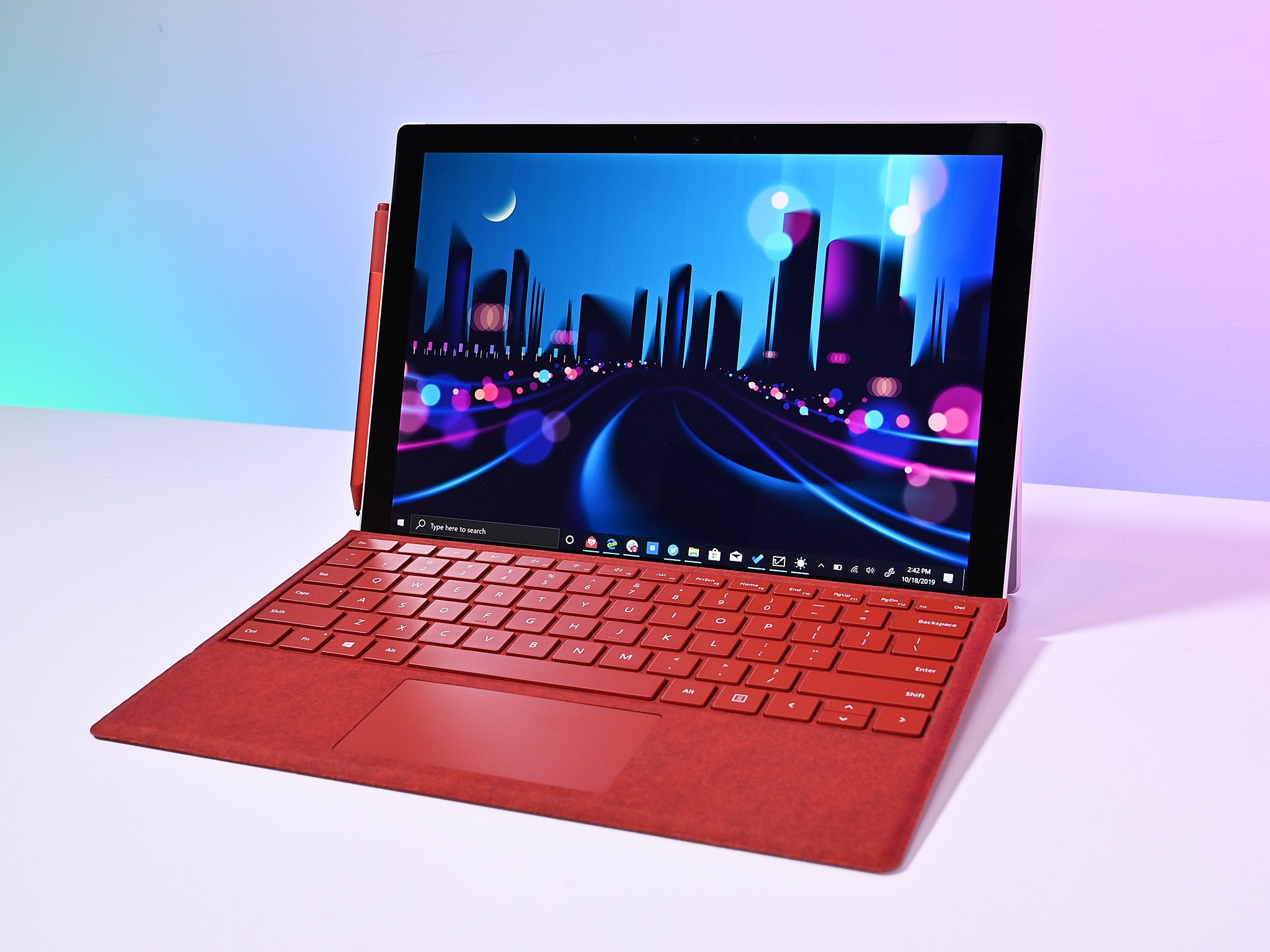It's the second week of the month, which means Patch Tuesday updates are here for Windows 10.
What you need to know
- Patch Tuesday updates are available for Windows 10 versions 20H2, 2004, and 1909.
- Support for Windows 10 version 1909 ended yesterday, so this should be the last update most people receive for it.
- The updates for Windows 10 version 20H2 and 2004 have the same changelog.
It's the second week of the month, which means that Microsoft rolled out Patch Tuesday updates for Windows 10. There are updates available for Windows 10 version 20H2, 2004, and 1909.
Windows 10 versions 20H2 and 2004 have the same cumulative update. It brings systems to version KB5003173. You can get it through Windows Update or manually update your PC. Here are the highlights of what's new:
- Updates to improve security when Windows performs basic operations.
- Updates to improve Windows OLE (compound documents) security.
- Updates security for Bluetooth drivers.
The update also brings the following changes:
- This update makes quality improvements to the servicing stack, which is the component that installs Windows updates. Servicing stack updates (SSU) ensure that you have a robust and reliable servicing stack so that your devices can receive and install Microsoft updates.
Since Windows 10 version 1909 reached its end of support yesterday, this will be the final update it receives, unless you have an Enterprise or Education SKU. If your PC is on Windows 10 version 1909, you'll receive an update to KB5003169. Here are its highlights:
- Updates to improve security when Windows performs basic operations.
- Updates an issue that might cause scroll bar controls to appear blank on the screen and not function.
- Updates to improve Windows OLE (compound documents) security.
- Updates security for Bluetooth drivers.
The update also has some additional fixes and improvements:
- Addresses an issue that might cause scroll bar controls to appear blank on the screen and not function. This issue affects 32-bit applications running on 64-bit Windows 10 (WOW64) that create scroll bars using a superclass of the USER32.DLL SCROLLBAR window class. This issue also affects HScrollBar and VScrollBar controls and classes derived from System.Windows.Forms.ScrollBar. A memory usage increase of up to 4 GB might occur in 64-bit applications when you create a scroll bar control.
- Security updates Windows App Platform and Frameworks, the Windows Kernel, the Microsoft Scripting Engine, and the Windows Silicon Platform.
If you are on an older version of Windows 10, you can grab updates through the Microsoft Update Catalog (1507, 1607, 1803, 1809). These updates are only available for certain SKUs of Windows 10.





0 comments:
Post a Comment